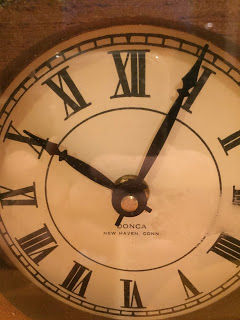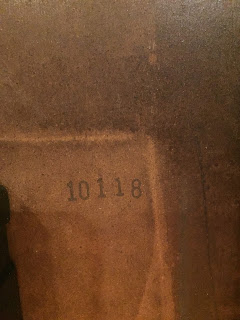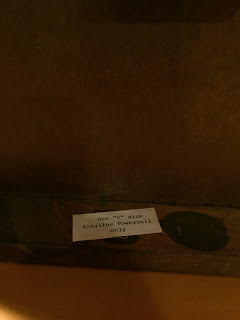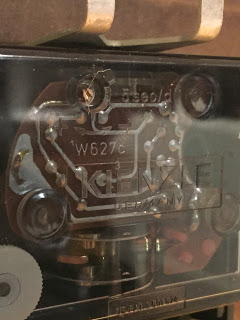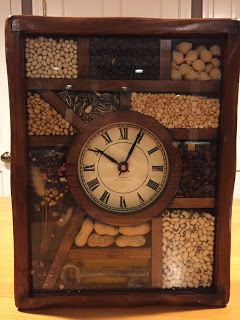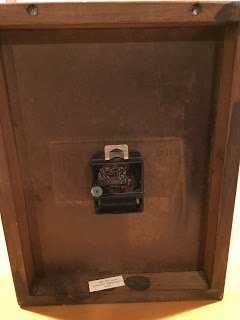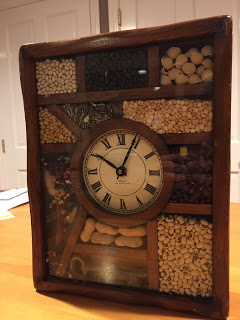My love/hate relationship with the 70's
I bought this clock..
.. for one reason: it was made in New Haven, Connecticut at a company, Donca, that I never heard mentioned before.
I hated the design of the clock and I was wondering what the designer was thinking.
“I have a new idea for a clock. Let’s put peanuts, sunflower seeds, and a key we can never use in a clock case! Then let’s sell it! This is such a better design than the 1940’s steeple clocks!"
But the design wasn’t my issue. I just wanted to find out where in New Haven this clock was made. That was the second point about this clock that infuriated me. There was never a “Donca” clock company in New Haven, as I couldn’t find anything in the NH history books on this company.
I decided to at least see if the clock would work. I plugged in a C battery and the hand didn’t move. That was the third thing that annoyed me: I bought a broken clock.
At this point, I figured this could be a learning experience. I could take the clock apart and learn how the gears worked. When I took the plastic covering of the gears off, I noticed an etching, Kienzle, and a patent number. The patent number easily came up and I read quickly through it. It looks like the clock was made in the ’70s as that is the first year the patent was applied in the U.S. I was wondering what caused this design to be different; thus I focused on the timing mechanism of the clock. And nope, I couldn’t understand the ‘balance oscillatory system’ that made this clock different.
But later in the paragraph, I saw the word magnet. I looked at the clock again and wondered if the battery was truly enough to start the magnet movement? I didn’t have an answer, so I spun the magnets anyways. And guess what!? The clock started ticking. It just needed some initial force to start the ‘oscillatory system’. (I doubt that want the patent is for, but I’m sticking to it.)
After spending this time with the clock, and knowing that it still works after half a century, I had a much greater appreciation for it. I even warmed up to the design, which also held up. Except for some spillage between the compartments, all the different seeds stayed in place. That was enough for the night, so i picked the clock up and put it back on the shelf. This time, though, I noticed how sturdy the wooden frame was; it must weigh at least 10 pounds.
So I like my clock from the 70’s, but I still don’t like the 70’s in general, but that probably stems from disco music.
UPDATE
After some additional sleuthing, which consisted of posting to sites for other people to research, I found out that this clok was probably artisanally created in Branford Connecticut by Donald M. Carrano. He ran a construction company, and a wood woodworking company called Donca Wood Products.
